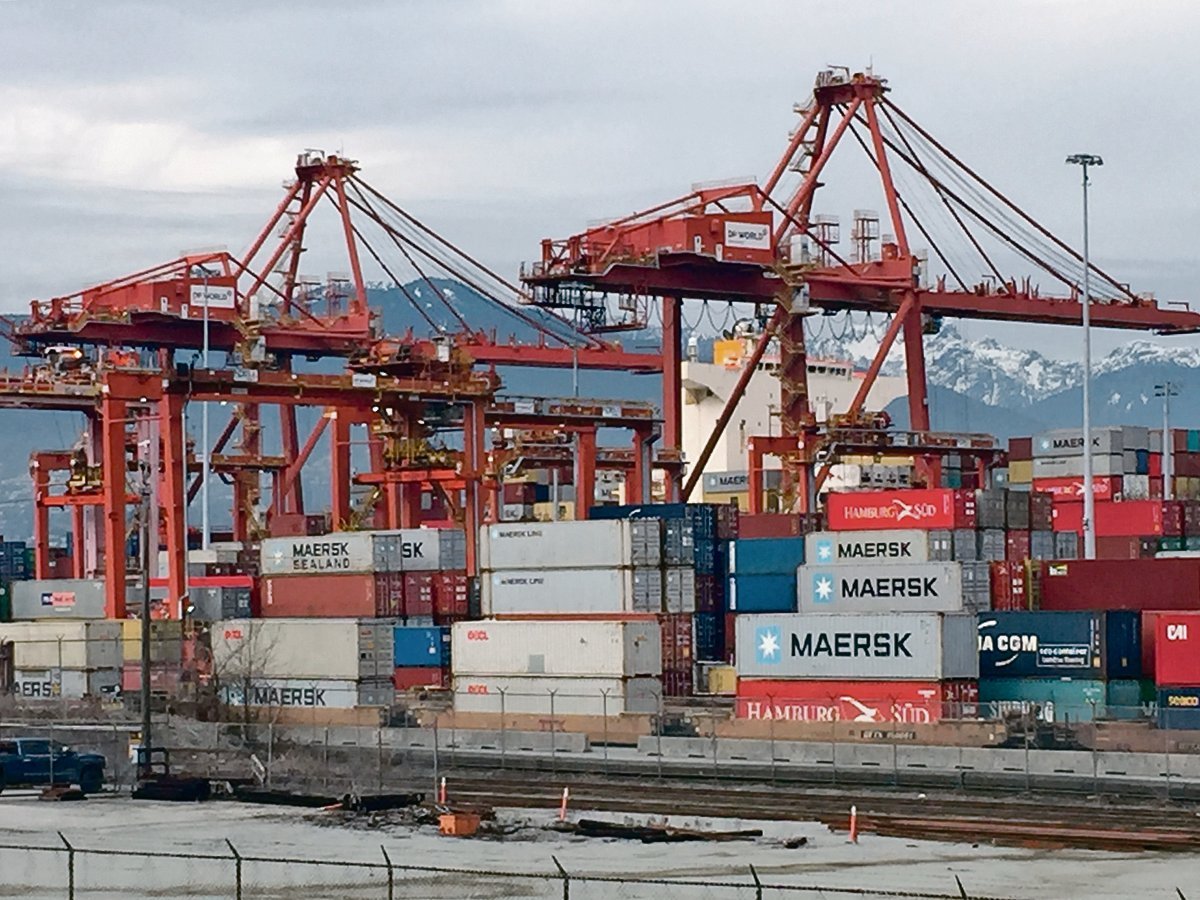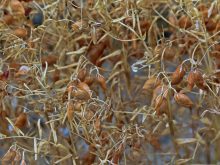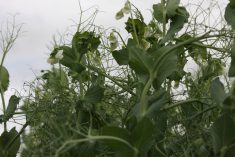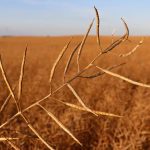As American farmers see their returns crashing to the ground, Canadians are seeing theirs drift down more gently.
Crop and livestock prices in Canadian terms are floating to earth on a parachute provided by a plunging currency.
“If it wasn’t for the Canadian dollar, my guess is that we would be languishing a good $50, $60 lower than we are now, if not lower,” said Union Securities broker Ken Ball about canola prices.
The same applies to hog prices, according to Tyler Fulton, the risk management manager at Manitoba Pork Marketing Co-op. At a conference last week he chatted with an American hog market analyst who bemoaned the fall in pig prices in the past month.
Read Also

Message to provincial agriculture ministers: focus on international trade
International trade stakeholders said securing markets in the face of increasing protectionism should be the key priority for Canada’s agriculture ministers.
Fulton could feel his pain, but fortunately Canadian prices have been flat rather than down.
“It comes directly from the fact that the currency has improved by about $20 per pig,” said Fulton. “It’s essentially negated any of the U.S. hog price decline over the past month or so.”
The plunge in the loonie has been amazing. A little over a year ago the loonie was tickling the $1.10 U.S. level, but now has fallen to less than 78 cents.
Since world crop and North American livestock prices are generally set in U.S. dollar terms, a weaker Canadian dollar tends to lead to more loonies in producers’ pockets.
The slide is the biggest one-month shift in comparative value since 1950.
Ball said small-scale currency shifts don’t always have a clear impact on commodity prices, but the giant moves recently appear almost immediately.
“It’s been noticeably propping up canola quite nicely,” said Ball.
Fulton said most producers who use his organization’s hedging services are happy just to get a flat price locked in in Canadian dollar terms. Right now, that doesn’t look bad compared to the losses experienced south of the line.
“Our clients are definitely seeing an opportunity to hedge at comparable levels … with what it was almost a month ago,” said Fulton.
“That’s good, when market fundamentals have deteriorated this much.”
The pork co-op previously offered producers both U.S. price and currency hedging programs, but found that most just wanted a flat price guarantee. Hedging for currency exposure didn’t seem worth it but that may have changed.















